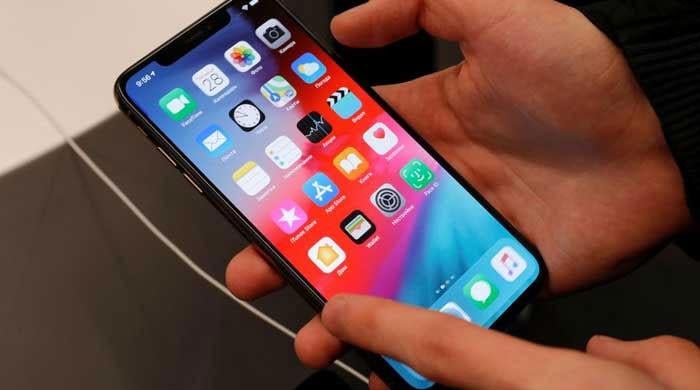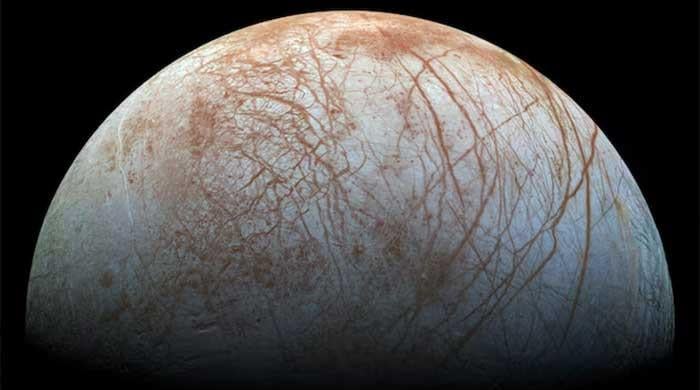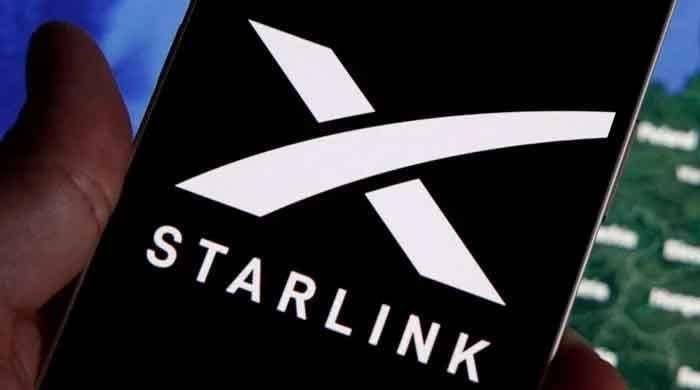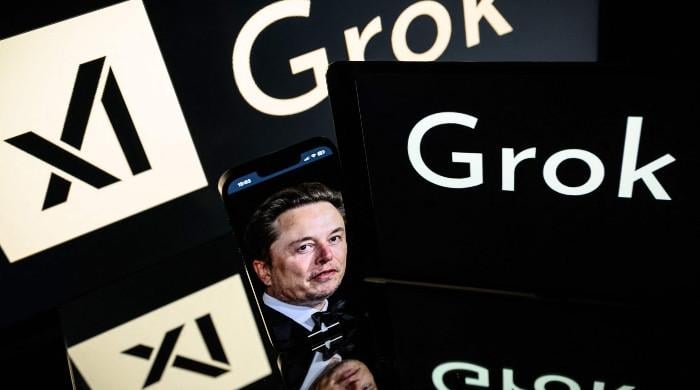Astronauts from India, Poland, Hungary return with NASA veteran from ISS
Return flight concludes fourth ISS mission organised by Texas-based startup Axiom Space
July 15, 2025
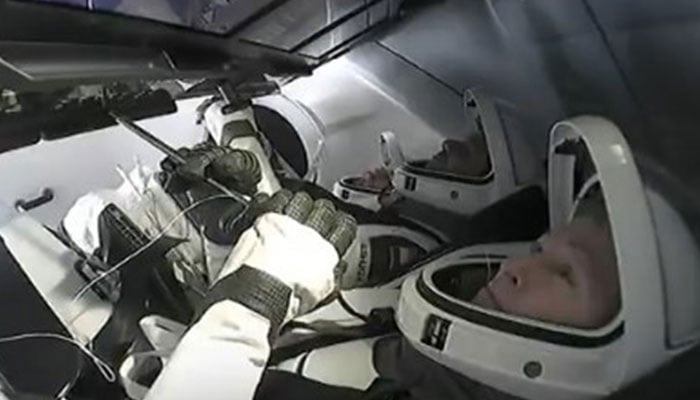
LOS ANGELES: NASA retiree turned private astronaut Peggy Whitson splashed down safely in the Pacific early on Tuesday after her fifth trip to the International Space Station, joined by crewmates from India, Poland and Hungary returning from their countries' first ISS mission.
A SpaceX Crew Dragon capsule carrying the four-member team parachuted into calm seas off the Southern California coast at around 2:30am PDT (0930 GMT) following a fiery reentry through Earth's atmosphere that capped a 22-hour descent from orbit.
The return flight concluded the fourth ISS mission organised by Texas-based startup Axiom Space in collaboration with SpaceX, the private rocket venture of billionaire Elon Musk headquartered near Los Angeles.
The return was carried live by a joint SpaceX-Axiom webcast.
Two sets of parachutes, visible through the darkness and light fog with infrared cameras, slowed the capsule's final descent to about 15 mph (24 kph) moments before its splashdown off San Diego.
Minutes earlier, the spacecraft had been streaking like a mechanical meteor through Earth's lower atmosphere, generating enough frictional heat to send temperatures outside the capsule soaring to 3,500 degrees Fahrenheit (1,927 degrees Celsius).
The astronauts' flight suits are designed to keep them cool as the cabin heats up.
The Axiom-4 crew was led by Whitson, 65, who retired from NASA in 2018 after a pioneering career that included becoming the US space agency's first female chief astronaut and the first woman ever to command an ISS expedition.
She radioed to mission control that the crew was "happy to be back" moments after their return. A recovery ship was immediately dispatched to secure the capsule and hoist it from the ocean onto the deck of the vessel.
The crew members were to be extricated from the capsule one by one and undergo medical checkups before the recovery vessel ferries them to shore, a process expected to take about an hour.
Diverse crew
Now director of human spaceflight for Axiom, Whitson has logged 695 days in space, a US record, during three previous NASA missions, a fourth flight to orbit as commander of the Axiom-2 crew in 2023 and her fifth mission to the ISS commanding Axiom-4.
Rounding out the Axiom-4 crew were Shubhanshu Shukla, 39, of India, Slawosz Uznanski-Wisniewski, 41, of Poland, and Tibor Kapu, 33, of Hungary.
They returned with a cargo of science samples from more than 60 microgravity experiments conducted during their 18-day visit to the ISS and are due for shipment to researchers back on Earth for final analysis.
For India, Poland and Hungary, the launch marked the first human spaceflight of each country in more than 40 years and the first mission ever to send astronauts from their government's respective space programs to the ISS.
The participation of Shukla, an Indian Air Force pilot, is seen by India's space program as a precursor of sorts to the debut crewed mission of its Gaganyaan orbital spacecraft, planned for 2027.
Uznanski-Wisniewski is a Polish astronaut assigned to the European Space Agency, while Kapu is part of his country's Hungarian to Orbit (HUNOR) program, though he is not the first person of Hungarian descent to board the space station.
Billionaire Charles Simonyi, a Hungarian-born software designer who became a US citizen in 1982, has twice visited the ISS as a space tourist, in 2007 and 2009, hitching rides aboard Russian Soyuz capsules.
But like many wealthy individuals from various countries who have paid their own way for joyrides to space, Simonyi was not flying on behalf of his homeland or any government.
Dubbed "Grace" by its crew, the newly commissioned capsule flown for Axiom-4 was launched from NASA's Kennedy Space Centre in Cape Canaveral in Florida on June 25, becoming the fifth vehicle in SpaceX's Crew Dragon fleet.
The Ax-4 team arrived at the ISS on June 26, welcomed aboard by the station's latest rotating crew of seven occupants — three US astronauts, one Japanese crewmate and three Russian cosmonauts. The two crews parted company again early on Monday when Crew Dragon Grace undocked to begin its voyage home.
Axiom-4 also marks the 18th crewed spaceflight logged by SpaceX since 2020, when Musk's rocket company ushered in a new NASA era by providing American astronauts their first rides to space from US soil since the end of the space shuttle program nine years earlier.
For Axiom, a 9-year-old venture co-founded by NASA's former ISS program manager, the mission builds on its business of putting astronauts sponsored by private companies and foreign governments into low-Earth orbit.
Axiom is also one of a handful of companies developing a commercial space station of its own intended to eventually replace the ISS, which NASA expects to retire around 2030.




